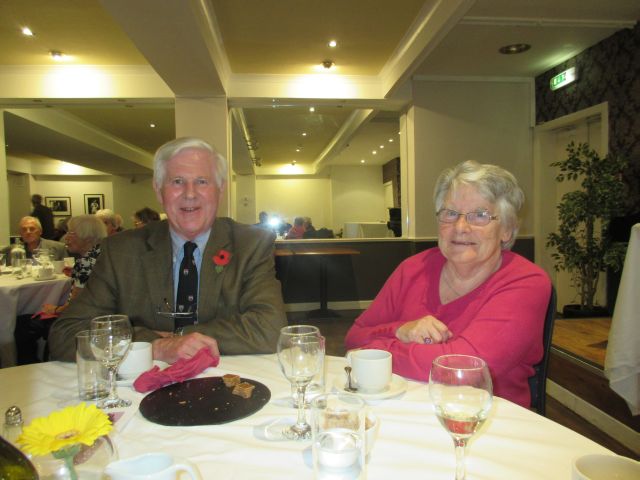Scottish judge, controversialist and passionate defender of Edinburgh, Henry Thomas Lord Cockburn served as a pain the neck to all who threatened his beloved city. So the Association that bears his name sometimes makes enemies but does stand up and speak out for what it believes best.

The Cockburn tries not to be anti-development, and although sometimes it becomes difficult to articulate a pro-conservation pro-heritage message in the face of proposals like the hotel at the former Royal High School there should always be resistance to second-rate architecture. The Association's mission is to safeguard Edinburgh's amenity, protecting and enhancing its landscape, historical and architectural heritage, and fifty years ago it appended Edinburgh Civic Trust to its title. There is nothing wrong with good-quality modern architecture provided it respects the scale of its surroundings, but development creep is about overdeveloping a site. The Cockburn stands to the fore in protecting the Green Belt that keeps Edinburgh as a cohesive city though this is wearing thin in places like Straiton and Musselburgh, and promotes sustainable forms of transport - Edinburgh is a strong cycling study. Its Cases Committee considers six to ten planning applications a week, and it runs the annual Doors Open Days and the Edinburgh Civic Forum.
The next 5-10 years will see Edinburgh as the unrivalled Scottish growth spot, Aberdeen having declined with the fall in the price of oil. The Saltire-acclaimed Haymarket Station rebuilding accommodates a doubling in throughput, and other investments including railway electrification, the Tram and the Borders Railway are needed since the city cannot house all who seek to work here. Tourism is now a year-round activity with hotels imposing development pressures and a lot of growth in buy-to-let being for holiday lettings which can disrupt the fabric of communities - Venice now has half the population of twenty years ago, and San Francisco recently debated a measure that would have stopped people with no connection from buying there. Education poses similar pressures, with the four institutions of higher education seeking student accommodation and the rule on not exceeding a certain proportion of households more often than not honoured in the breach.
Notable wins include reducing the height of the Haymarket hotel from 18 storeys to 8, but a sign of the inequality of the struggle is that the St James Centre developer is backed by a North American teachers pensions fund while the Association has just one full-time staff member - the hotel there variously described as a beehive or whipped cream is intended to terminate the George Street vista but may test the principle that the only time people notice development is when it's done badly. At Canonmills the Council gave approval to redevelopment of the Earthy shop but omitted to grant permission to demolish. Craighouse is shameful, Caltongate banal and the St David Street/St Andrew Square development shows sheer greed in its massing.
The Royal High School is still to play for, and if people don't speak out they will deserve what they get. The National Bank conversion to a hotel is however a suitable use. David Murray envisages 6000 houses beyond Hermiston Gait, but surely the Bypass should remain the city boundary. Sesplan aims to ensure a supply of land for housing to meet the needs of the next five years, but has already been through three iterations and begs the question who is it that assesses demand? Community councils forced on neighbourhoods in the 1970s are variable in performance, and with no one size fitting all, amenity associations often work best in the face of perceived threats such as at Dalry over the Haymarket hotel and now at the proposed Cammo development.